
Carrying life and giving birth
The pelvic floor is the gateway to the outside world during the process of giving birth. Its function during this time is to release and relax. This is why muscle tightness in the pelvic floor can become an obstacle during labor and delivery, and can easily tear which can lead to long-term difficulties for the woman. For this reason, it is important to learn how and to train relaxing the pelvic floor muscles throughout your pregnancy.
Be aware that an overstretched or worn pelvic floor tends to tear more often during birth because the muscles aren't being supplied with sufficient blood flow. As the child's head starts to push against the inner pelvic floor, the pressure will not be evenly distributed and buffered. For this reason, strengthening the muscles of the pelvic floor is as important as learning to release them throughout pregnancy. In doing this you improve circulation to the muscles and they learn to better coordinate when the time comes to deliver the baby.
With the help pf specific exercises you can easily train both of the main functions of the pelvic floor, which will train the muscles to strengthen or lengthen as needed.
Dynamic hold and stability
Over the course of a pregnancy, the pelvic floor also has the increasingly strenuous task of supporting the torso. As the belly grows over time, the abdominal muscles become less and less effective in stabilizing the trunk. This is why so many pregnant women suffer from back pain. A healthy pelvic floor can support the spine from its base upward, providing internal support and reducing the likelihood of back pain.
On top of that, the weight of the baby rests directly on the pelvic floor most of the day. Common activities such as walking and coughing increase this pressure. Here it becomes important for the pelvic floor to be able to cushion and buffer this weight.
These two functions of support and buffering are essential during pregnancy.
Four tasks
Lengthening, coordinating controlled release, support and cushioning: it seems almost impossible to imagine combining all four tasks. The good news is that hormones help to naturally soften the pelvic floor. By maintaining a good level of physical activity, your pelvic floor can also maintain much of its power.
With a bit of practice you will cultivate more awareness of the change that takes place during contraction and lengthening. This is the best thing you can do to ensure a healthy pelvic floor during your pregnancy and during childbirth.
The following exercises will help to support you in maintaining pelvic floor health. In doing them you will ensure that your pelvic trains all four tasks.
Fascia massage
Place both hands on the lower back at the SI joint and using the palms rub gently up and down. Gradually increase the pressure, continuing until a pleasant warmth under the skin is achieved.
Effect: By practicing this you maintain the suppleness and overall flexibility of the fascia in the area of the SI joint. This is especially important during labor and delivery, because this joint has to be able to move quite a bit.
Pelvic tilts
Lean against a wall or flat surface. Tip your pelvis forward and back at a pace that you can bring your awareness to the movement. Observe how the combination of breath and movement arises naturally. Gradually find your center.
Effect: With this exercise you will develop a sense of standing taller as your posture improves through the activation of the pelvic floor muscles. It is a great way to train activation and release.
Mula Bandha
Find a comfortable seat - either on the floor or in a chair. It is important that you can maintain a neutral spine in this exercise.
Place one hand under your pelvic floor. You are in the right place when you can feel your sitz bones to the right and left of the hand. At the front, under your palm is the pubic bone. With your fingertips you can feel the tip of the tailbone.
Draw the pubic bone and tailbone together without creating tension between the sitz bones. This exercise activates the deep layer of your pelvic floor. Relax in a controlled fashion, and then continue activating and releasing until you can achieve a good sense of the actions taking place.
Next, draw your sitz bones together without creating tension from the tailbone to the pubic bone. Again release and rhythmically practice activating and relaxing until you get a good feeling for the actions within the pelvis.
Effect: With this exercise you will cultivate more awareness of the pelvic floor. At the same time you will fine tune your ability to proactively activate and release these muscles individually.
Bridge pose
Lay down flat on the floor, and then bend the knees and walk the feel in towards the sitz bones until your fingertips touch your heels. Your weight rests on your feet and shoulders, and no pressure should be felt on the neck.
Then press your palms into the floor and with your next inhale lift your pelvis as high as you can. Stay in this position for a few breaths. To come out of the pose lower the back down to the ground one vertebra at a time. Take a break and repeat if you like.
Effect: With this exercise you relieve the weight on the pelvic floor. Additionally you can offer your baby an opportunity to move into a more optimal position in the womb.
Enjoy your practice!
-

Tamy Pe
at 08.04.2023Hallo ihr Lieben, in meiner ersten Schwangerschaft habe ich schon diese Übungen praktiziert. Seitdem mache ich Yoga für Anfänger und Wiedereinsteiger. Ich hatte in der Nacht, als ich Umkehrstellungen [...] Hallo ihr Lieben, in meiner ersten Schwangerschaft habe ich schon diese Übungen praktiziert. Seitdem mache ich Yoga für Anfänger und Wiedereinsteiger. Ich hatte in der Nacht, als ich Umkehrstellungen praktiziert habe eine 180 Drehung des Babys (leider ist der Kopf nun oben). Macht es Sinn, genau dieselbe Praxis noch einmal zu üben um das Baby wieder zurück zu drehen? Schulterbrücke und Fisch haben bislang keine Wirkung gezeigt. LG Tamara
-
Hallo Tamy,
vermutlich bin ich mit der Antwort zu spät dran. Doch kannst Du mit so einer Schulterbrücke den Beckenboden entlasten und auch dem Banby kurzeitig Freiraum geben um sich nochmal zu [...] Hallo Tamy,
vermutlich bin ich mit der Antwort zu spät dran. Doch kannst Du mit so einer Schulterbrücke den Beckenboden entlasten und auch dem Banby kurzeitig Freiraum geben um sich nochmal zu drehen. Drücke die Daumen, dass das gelingt. Das Kind dreht sich zum Ende der Schwangerschaft meist in die richtige Richtung. Drücke die Daumen dass das bei Dir auch der Fall ist.
Namaste und beste Grüße
Ronald
-
-

Philipp Nowinski
at 30.01.2019-
Wau. Danke. Wau. Danke.
-



 Dr. Melanie Steiner
Dr. Melanie Steiner
 Dr. Ronald Steiner
Dr. Ronald Steiner
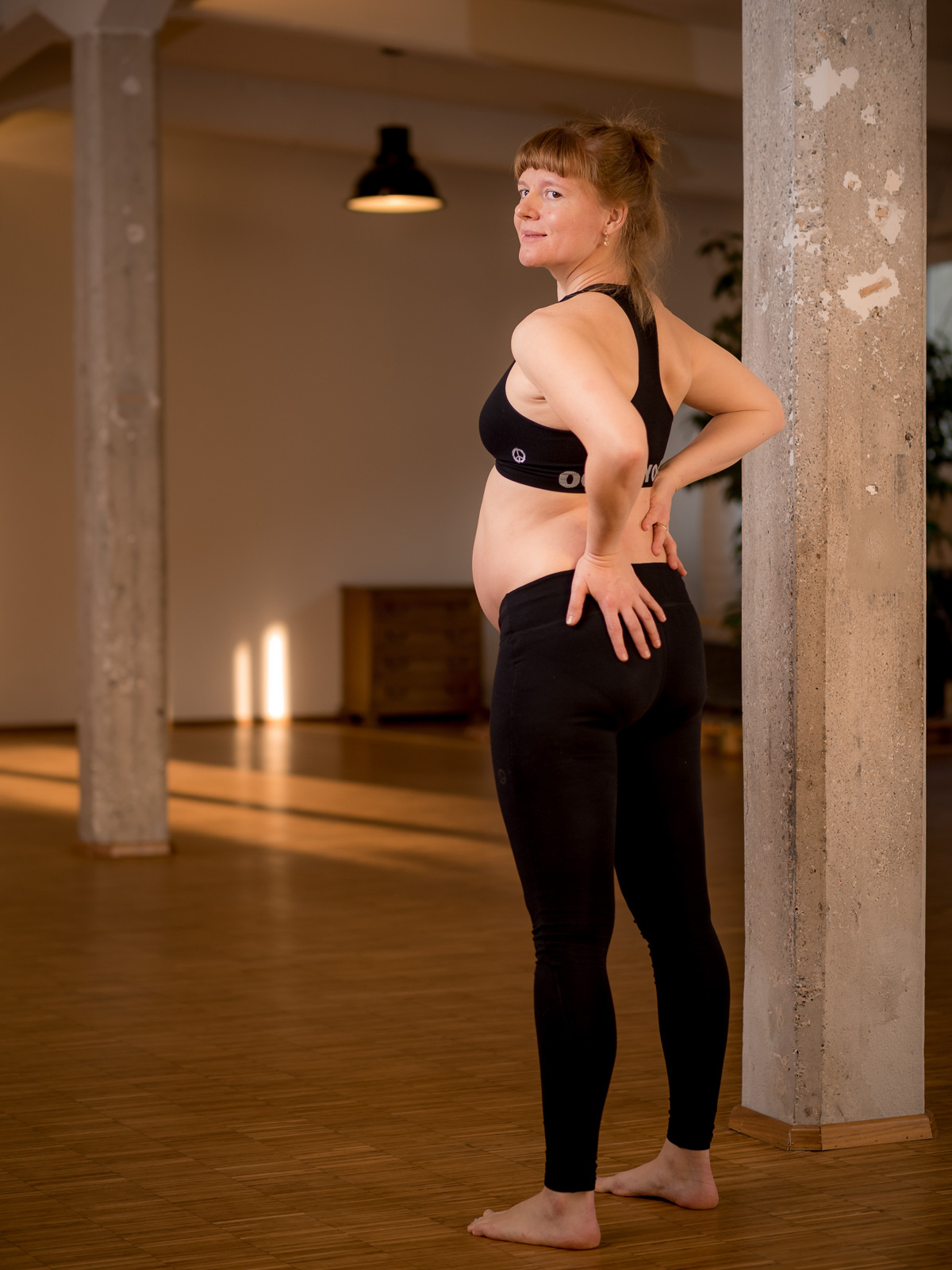
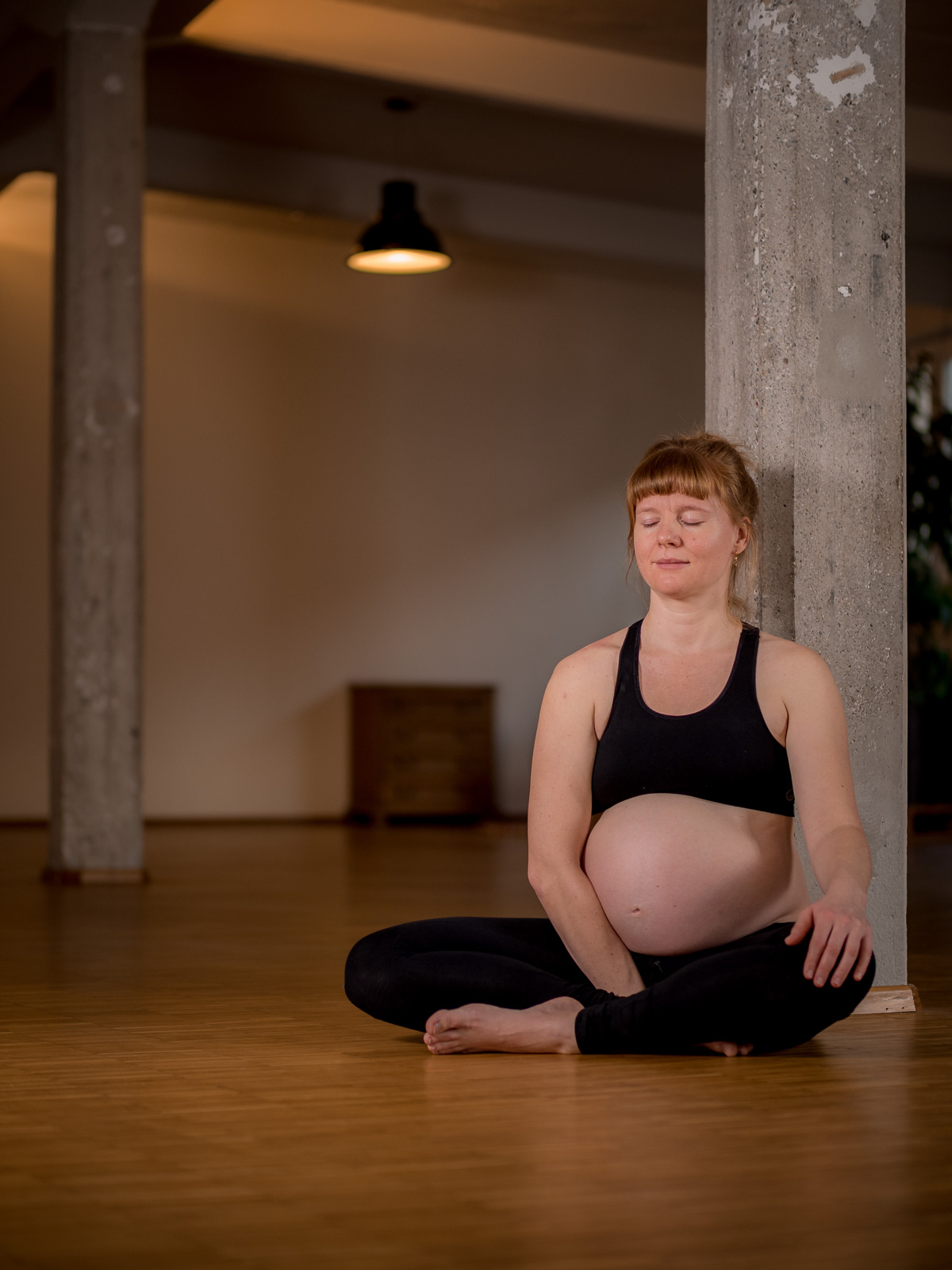
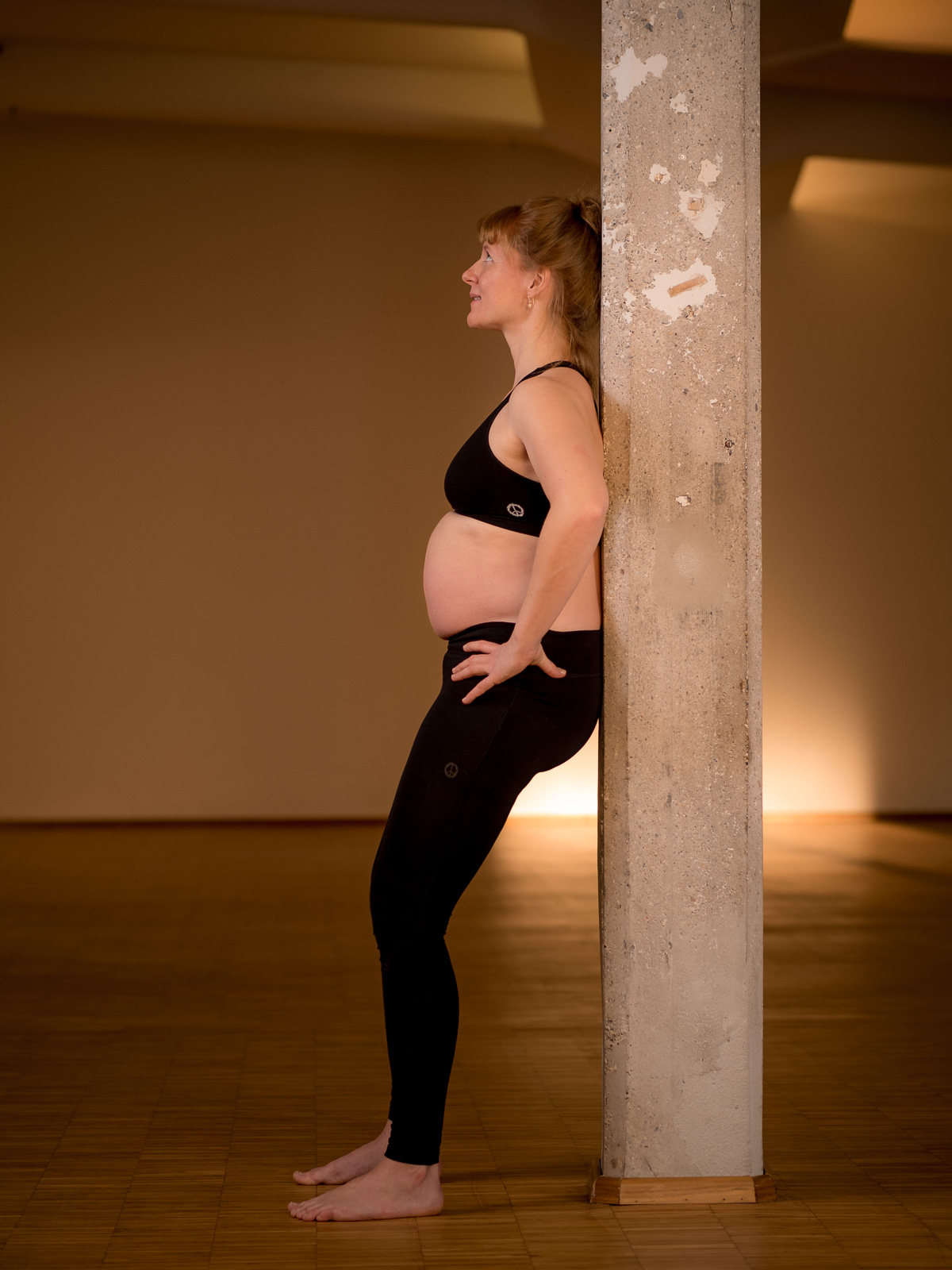
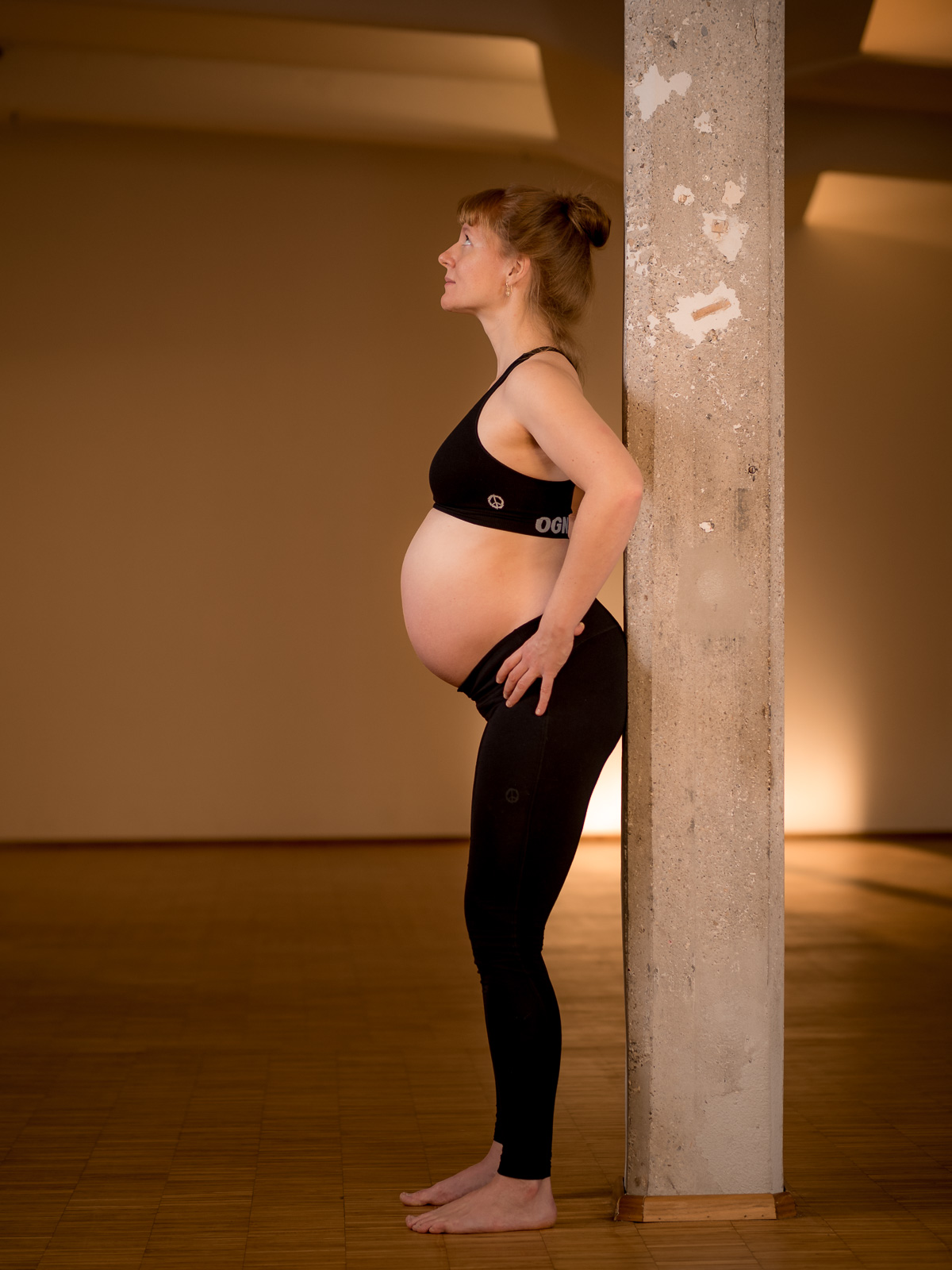
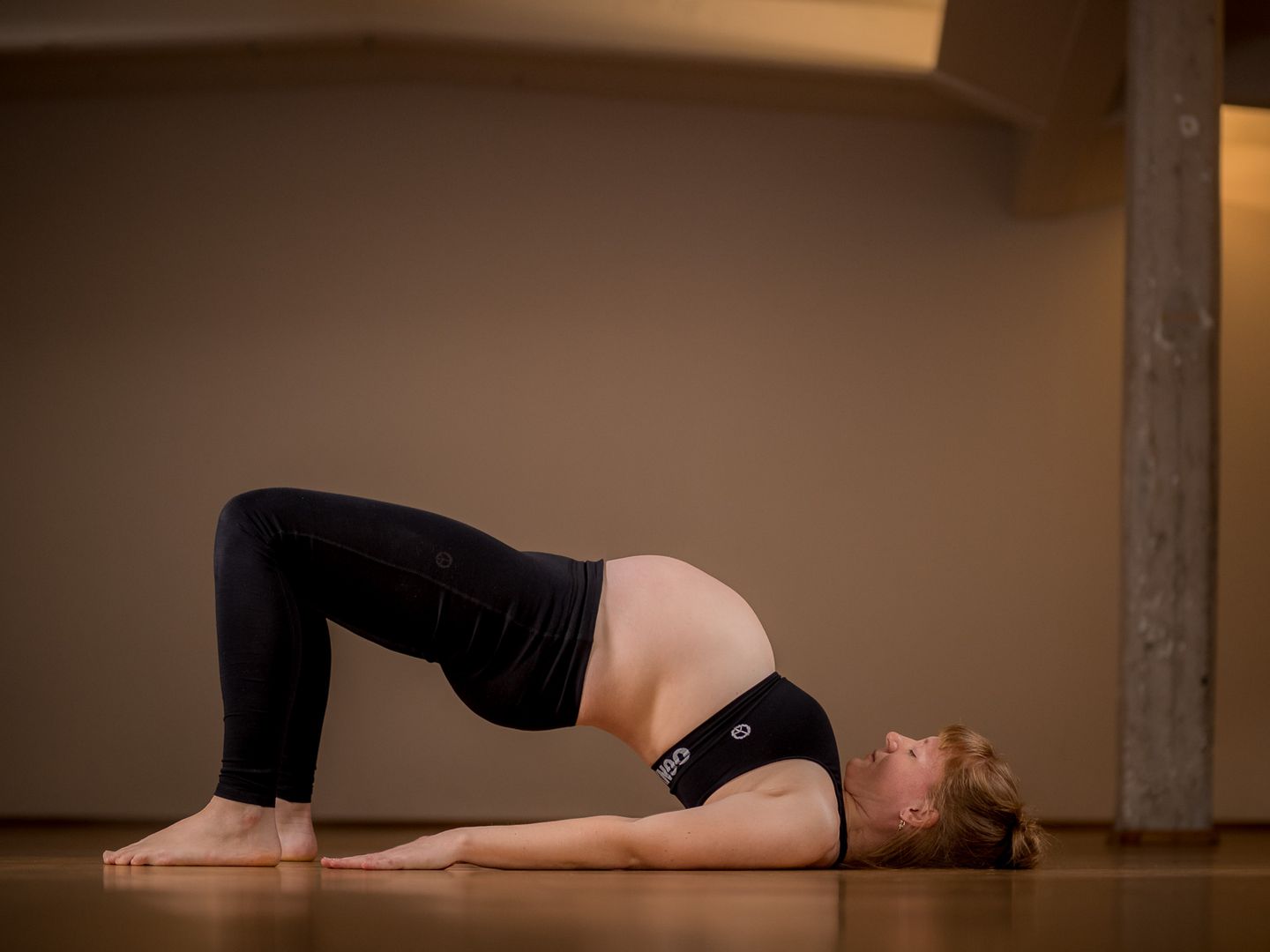


Messages and ratings